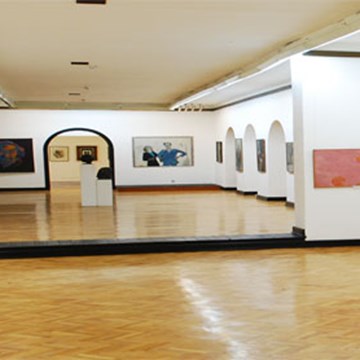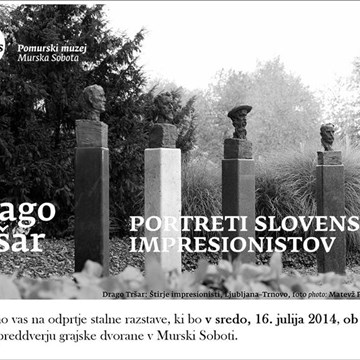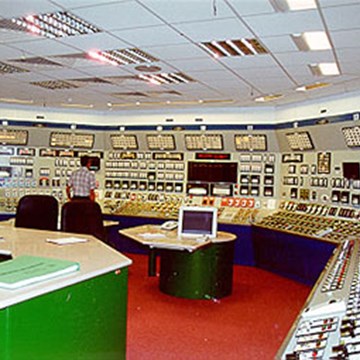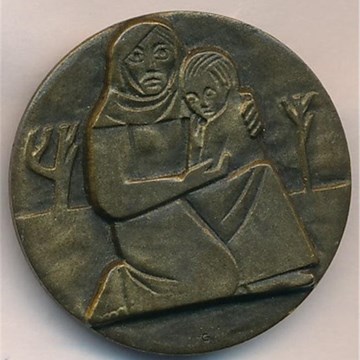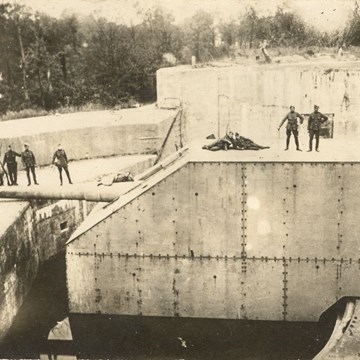JAPANESE ART EXHIBITION "TOKOSHIE" (ETERNITY)
Exhibition is dedicated to Japanese and Lithuanian diplomatic relations 25 years anniversary.
World Art & Culture Exchange in Tokyo for the firs time presents in Lithuania Japanese art. The exhibition displays almost 100 pieces of art works: Western painting, Japanese painting, Sumi-ink painting, Sculpture, Craft, Calligraphy, Print, Photograph, etc.
In 2015, Lithuania celebrated the 25th anniversary of its independence and the 70th anniversary of the end of World War II. The relationship between Lithuania and Japan has been a friendly one, thanks to the efforts made by Chiune Sugihara in 1940, who issued what was called the ‘visa for life’, before Japan had entered the war.
The relationship between the friendly nations in the field of art is also very good, and when we look at both countries with its associations at the core, the names of two artists Ben Shahn and Mikalojus Čiurlionis come to mind. Ben Shahn was an American-Lithuanian Jew, and a social-realism artist, and produced works that were about poverty, racial prejudice and the socially vulnerable. He particularly focused on the social issue of war as the foundation of his creative activity, stating that the socially vulnerable are the ones who suffer the most in conflicts between nations, in particular, war.
Meanwhile, Mikalojus Čiurlionis was a Lithuanian artist who emerged on the world stage when his work was exhibited at the Sezon Museum of Modern Art, but one can sense an extraordinary relationship between Lithuania and Japan from the fact that Japan was chosen as the place for holding Čiurlionis’s exhibition in 1990, to mark the independence of Lithuania due to the changes that took place in Eastern Europe by the Soviet Union’s perestroika.
For these reasons, there is great significance to holding an art exhibition in Lithuania, by both countries that have advocated peace for seventy years since the end of World War II, to further deepen the cordial relationship between Lithuanian and Japanese art, and it is undoubtedly an apt opportunity for promoting Japanese art. It is our understanding that art is the most appropriate form for inducing peaceful emotions.
Exhibitions and events
We don't have anything to show you here.
Activities from this museum
We don't have anything to show you here.






